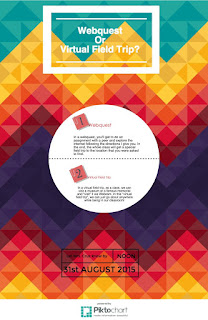The next section is called "Online Surveys for Preassessment". Preassessments are assessments done before introducing a new topic or lesson. Some example of assessments may be asking questions about the new topic you will teach or having them write a prompt or even doing a survey. Online surveys is an easy and fast way to get students involved, as a class, using their hand held devices. It also makes them feel more open to answering questions because their names or numbers don't pop up when they answer. For example, if you wanted to use an online survey, Kahoot is a start! You create your own survery with your own questions and you can also add pictures if you'd like! As a teacher, you can also go back and look at the results from your students so you can see where they're at on that topic.
Credit to ClkerFreeVectorImages on Pixabay
The last section is "Reason for Teaching with Clickers". I remember back in middle school, we had clickers and I loved using them as a student. Another way to take a quiz or a test in a more "tech savy" way would be using clickers. Each student has their own clicker that's numbered. The questions are on the board and when you have your answer, you click the button that matches your answer on your clicker and it shows on the board that you answered it. So then now you wait until your whole class is finished. Once done, you will see a bar graph of how many students answered certains answers and who was correct. This is also another great way to get students involved without feeling that students will know if they got the answer correct or wrong. It also engages active learning, student involvement, real-time feedback and question-driven instruction.
Resources:
- Maloy, Robert, Verock-O’Loughlin,Ruth-Ellen, Edwards, Sharon A., and Woolf, Beverly Park (2013). Transforming Learning with New Technologies. 2nd Edition. Boston, MA: Pearson Education, Inc.









